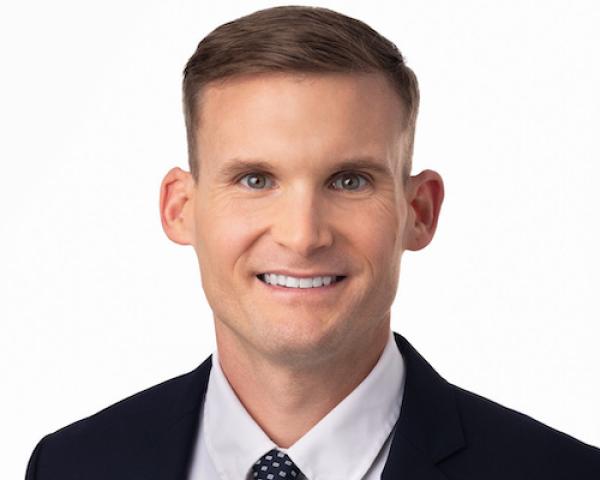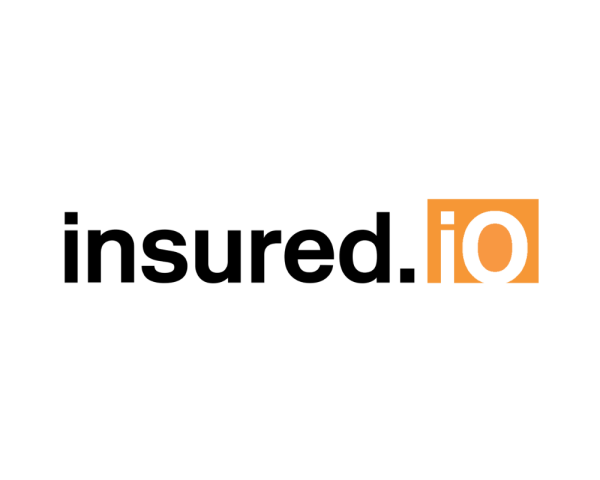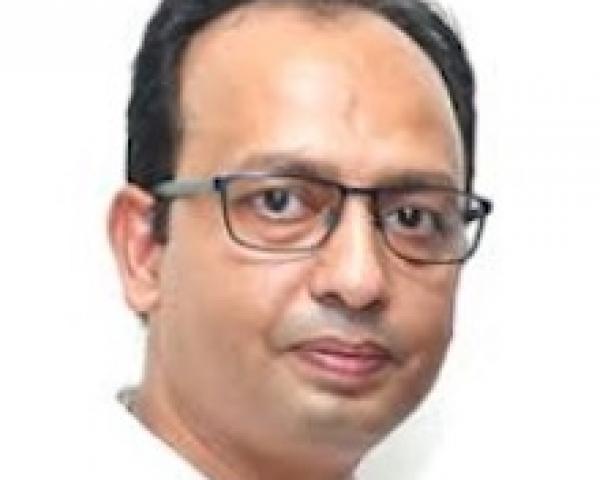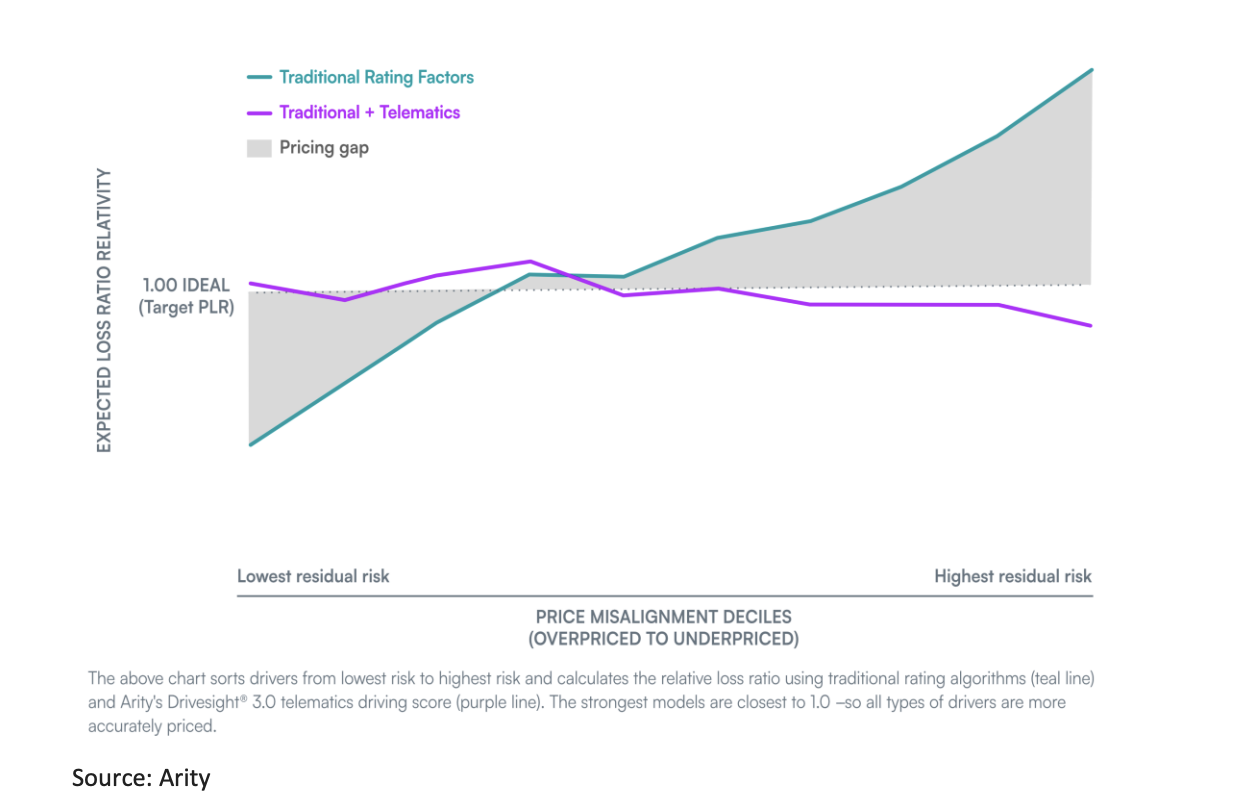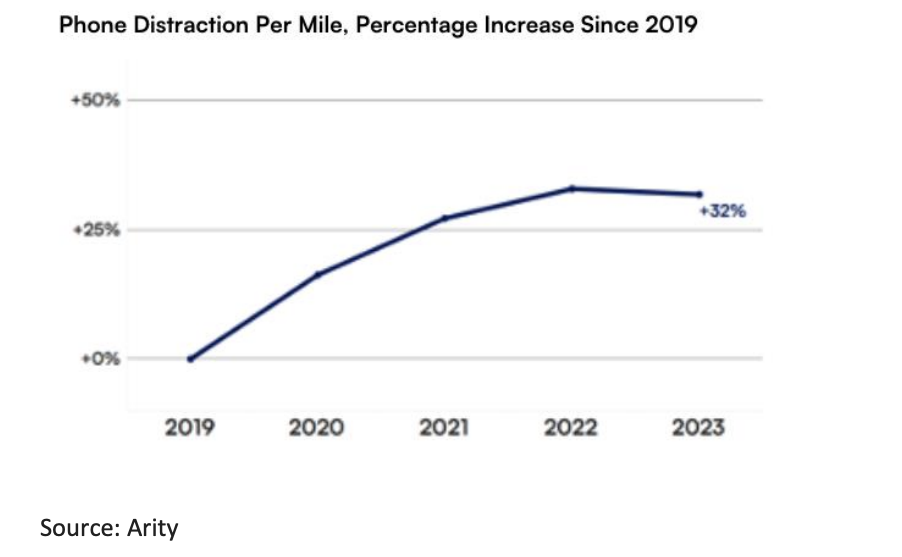Paul Carroll
With a lousy hurricane forecast this year, even more people than usual are thinking about you guys in Florida. How are things looking there?
Michele Coolidge
Well, we did our disaster claims training a few weeks ago, but let’s hope there are no storms, and we won't need that.
The legal reforms are kind of starting to work, but it’s going to be a while before we have the really great market we had before. It's just really tough out there.
We have some clients choosing to go bare, others who are choosing very large deductibles or different types of programs. Sometimes, it's just not affordable to get the coverage people want.
On the personal lines side, I think it's more dire because, in an effort to save money, people are taking on risks that they may not be able to afford if something happens. They might have deductibles they won't have the cash to cover.
And I think the problems are spreading. A friend of mine in Iowa told me that six homeowners carriers went under there. They're calling Iowa the new Florida. And you don't want to be compared to Florida when you're talking about homeowners insurance.
It's not just hurricanes. It's the wildfires and the tornadoes and all this stuff that's happening everywhere.
Paul Carroll
Yes, in Northern California, we think about wildfires a lot.
What has been changing in terms of what you're seeing as the risk factors that you need to watch out for on behalf of the agency?
Michele Coolidge
On behalf of the agency, it's making sure that our clients are involved in what we're binding and that we are all in agreement This is what we as the agency have offered. This is what you as the client have said you want documented.
On behalf of the client, we have to make sure, Did we offer everything, and did we go everywhere? If last year we had an option without wind, did we shop for wind coverage this year? Just because you didn't have it doesn't mean the client doesn't want it, and maybe if it's available, even if it's pricey, they might want it. Who are we to decide?
The other thing is that there are a lot of new people in our industry. On the one hand, this is fabulous. But there's a lot of bench strength and old knowledge that is not here any more. We do our best, but you can’t have an experienced person sit all day, every day with an inexperienced person. Do we know what we need to do and why we need to do it, and are we going through all the steps? If you shortcut something now, it may prove to be devastating later. I'm worried that we have a lot of inexperienced people, not just in the agency, but at the carrier level, underwriting, claims, reinsurance, really everywhere.
Paul Carroll
Could you describe the kind of problem that might happen because there just isn't that bench strength?
Michele Coolidge
Sure. There is a danger of not understanding the importance of gathering all of the information or perhaps a reluctance to go back to a client and ask for more information. Sometimes people think they are bothering their clients. We should have set the stage that we need a lot of information, but newer insurance professionals can be nervous to go back to the client, and to admit if they don't know something. So we try to have a culture where it's okay to say, "I don't know, can you help me?", or, "Let's talk through this."
We're human beings. Everyone can make a mistake, and everyone does make a mistake. That is okay as long as we discuss it and admit it and fix it, and you don't wait until it's a big fire.
Paul Carroll
How do you guard against that big fire?
Michele Coolidge
I emphasize an open door policy. Anyone can come see me with any question, and it doesn't matter. Call me, hit me up in Teams, stop by my office, whatever. Let's talk through it. Every opportunity to learn is important, and it's also going to help someone later.
We do some auditing, as well. We have some core procedures, and there are certain things that must be followed, and we check those.
Paul Carroll
How much are you co-located these days, and how much is remote?
Michele Coolidge
We require everyone to be in the office two days a week, unless there's a reason, and then some people are remote. Even before COVID, some people had been remote. Some people come in a lot more than two days a week. Accounting is always in the office, and our commercial team is in pretty regularly. Management is in a lot.
Wednesday seems to be the day the parking lot is full. I love coming in on Wednesdays because it's so much fun with all of the energy from everyone being there.
It's interesting. When COVID happened, the [financial] numbers kind of stayed the same. Then a year or two in, the numbers went down. And when we came back to the office, the numbers shot right back up.
We are social creatures, and the first couple of months back in the office weren't the most productive days because we were all just catching up after missing each other. But now it's all good. I think it makes a difference, being together.
Paul Carroll
If I’m a homeowner in Florida, what are you seeing that is changing in terms of risk factors and how I ought to be dealing with them?
Michele Coolidge
I think the risk factors aren't really different, but people are much more aware of them because there is a direct correlation to their premiums. You still should make sure you have a good solid roof and be aware of your elevation, and do you have hurricane-rated windows?
The COPE information—Construction Occupancy Protection Exposure—has always been important,. but before, the premiums were okay. and people really didn't care. Now if you have a roof that's 15 years old, we can't cover you until you get a new roof. People are more aware of their risk factors simply because of the renewal premiums that they're receiving.
Sometimes it is a new roof. Other times, it's getting an appraisal or four-point inspection to prove to a carrier that I have five years of roof life left, and my windows are good.
The other thing that's always been a problem but never was such a big deal is the valuation. What is your home worth? What is the replacement cost of the home?
That is a whole science. There are engineers and appraisers who have designations and certifications and special internet programs to figure that all out—and that we don't have access to. We can't tell someone what value they should purchase. They have to tell us what coverage they want. So there's kind of a rub there.
They actually passed a law in Florida that forbids agents from giving a replacement cost estimate to a bank or to a client. Even if we have a tool that lets us ballpark estimate a value, we can't share that with the client. That's difficult.
Paul Carroll
Do you think rising insurance costs are starting to show up in home prices?
Michele Coolidge
I think so, and for condos, too. After the Surfside situation [the condo building collapse three years ago that killed 98 people], there are laws to make sure any deficiencies in the building are fixed, and a lot of people who own condos are being assessed a huge amount of money.
Paul Carroll
How much are carriers communicating with policyholders about how they can lower their risks and, thus, their premiums?
Michele Coolidge
In Florida, we have what's called a wind mitigation form for residential and commercial residential. It must be completed by either a building contractor or general contractor. A roofing contractor can't do it, because it might be a conflict of interest. The wind mitigation form goes through the roof and the windows and the clips. Carriers are required to offer credits for certain features, and people are paying for those inspections.
Paul Carroll
Am I right that people often underestimate replacement costs? They consider a situation where their home is hit but not where a whole community is hit at once, meaning contractors and supplies are in short supply, so costs soar, and the timeframes for repairs go way out.
Michele Coolidge
Yes, and we have seen carriers on the homeowner side scaling back, like the Coverage D additional living expense, which isn't good. And Coverage C and your personal property are often not even 50% of coverage any more. I think we need to be aware of that, because a Hurricane Ian situation could mean you’re not in your home for a year or 18 months. $3,000 in additional living expense isn't going to get you very far.
Finding carriers that have all the coverages like they used to be is good, if you can, and then you have to explain to the client how important this additional coverage is.
Paul Carroll
Is there anything I didn't ask you about that you think might be of interest to our readers?
Michele Coolidge
There are a couple.
Obviously, cyber is a huge deal, and everyone is affected by it. On the commercial side, a lot of crime forms aren't covering it. You need a separate cyber policy. So we want to make sure that our clients have the right coverage. And what clients sometimes don't understand is that along with these policies also come the pre-loss assessments. Those assessments help you get stronger and show you where there are deficiencies or vulnerabilities in your networks, and they’re free. For that reason alone, businesses should be buying this coverage.
There's another coverage that's been very popular. It makes me sad that it's so popular but I think it's very important. It is active assailant coverage.
I'm really proud of our industry, because active assailant coverage didn't exist until we started having these terrorist events. The coverage used to be called active shooter, and it was for people coming into places with guns. Then, some years ago, people were driving big vehicles into Christmas markets in Europe, and the industry took a look at the coverage forms and said, Our policy wouldn't respond to that. So they adapted the coverage. Now, it covers you if you’re in a school or at a place where kids are or where people gather. It’s very broad coverage.
Paul Carroll
Those cyber assessments sound great. My background is writing about technology for the Wall Street Journal, and I go back far enough that I saw some of the early cyber attacks. My approach has always been, Insurance is great, but how about if we stopped the attacks?
Michele Coolidge
Yeah, the best loss is the one that never happens, right?
Now we have to figure out to stop the hurricanes.
Paul Carroll
This is great. Thanks, Michele.
About Michele Coolidge
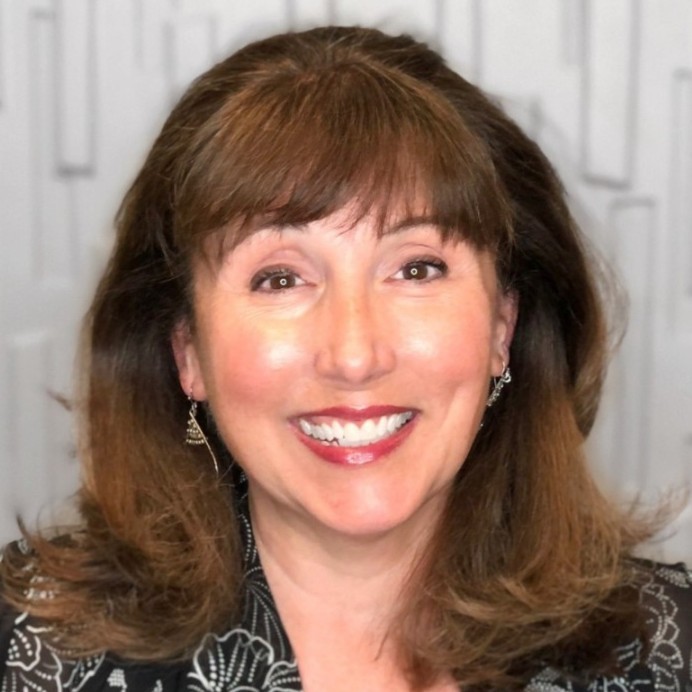 | Michele is the Agency Risk Manager for the Bouchard region of Marsh & McLennan Agency, LLC (MMA). She manages E&O claims, analyzes and maintains risk data, and manages contracts, legal matters, and compliance matters. She develops continuing education classes for Bouchard colleagues and serves as a technical resource for all positions. Michele serves on the MMA Enterprise Diversity Equity & Inclusion (DE&I) Council and the MMA Learning & Development (L&D) Council, and serves as the Bouchard Region legal liaison and compliance liaison. She is currently in the third year of her three-year term on The Institutes CPCU Society Leadership Council. She was invited to serve as an at-large member of the Executive Committee in 2024. She is a CPCU in Good Standing. In 2020, she obtained the National Diversity Council’s (NDC) premier diversity certification, the NDC Certified Diversity Professional designation (NDCCDP). In 2021, she earned the University of South Florida’s Diversity, Equity, and Inclusion in the Workplace certification. |











